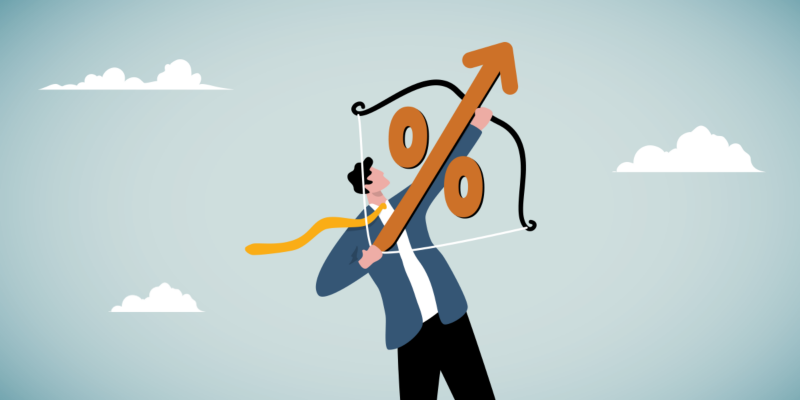Powell Goes Before Congress; The Hawk Soars

If only I had a nickel for every time I read or heard the phrase “more than previously anticipated” in economics news, I would make enough to cover today’s eye-popping price increases. Unfortunately, while prices have increased more than previously anticipated, nickels haven’t fallen from the sky.
On that note, Federal Reserve Chairman Jerome Powell testified before Congress March 7, making a statement that the Fed will lift interest rates “higher than previously anticipated.” As economic data came out unexpectedly stronger, the central bank, which moved slightly closer to the dovish side as it decelerated its last rate hike to 25 basis points, once again is finding itself falling behind in curbing inflation. And so the hawk returned.
Powell is in a very difficult position—granted, partly due to his previous policy. He has to not only succeed at a job that he got started on too late—i.e., fighting inflation—but also watch every word he puts out to avoid market misinterpretation that leads to undermining his inflation-combatting efforts. Meanwhile, the politically divided Congress isn’t helping. On one side of the aisle, Democrats, wary of rate hikes and fearing an economic downturn could cost them the upcoming elections, are pressuring Powell to be less hawkish. On the other side, Republicans are pushing him to keep fighting inflation. Although the central bank is independent, Powell is still held accountable as any U.S. official—and it is no easy task when the people you are accountable to are deeply divided.
Before we shed tears for the central banker, however, let’s discuss what we learned from his testimony and what to expect of the rate hike path. First, it is likely that the Fed’s March 21–22 meeting will result in a 50-basis-point hike. Second, the peak rate will likely exceed 5%—possibly 5.5%—although Powell never gave a specific number. And finally, depending on how the economy responds, the target rate will likely be held at peak throughout the year. Even after the Fed begins easing, rates are likely to stay much higher than the neutral point of 2.5%. Of course, this all assumes there is no nose-diving crash apocalypse.
SOURCE: CNN; Bloomberg
